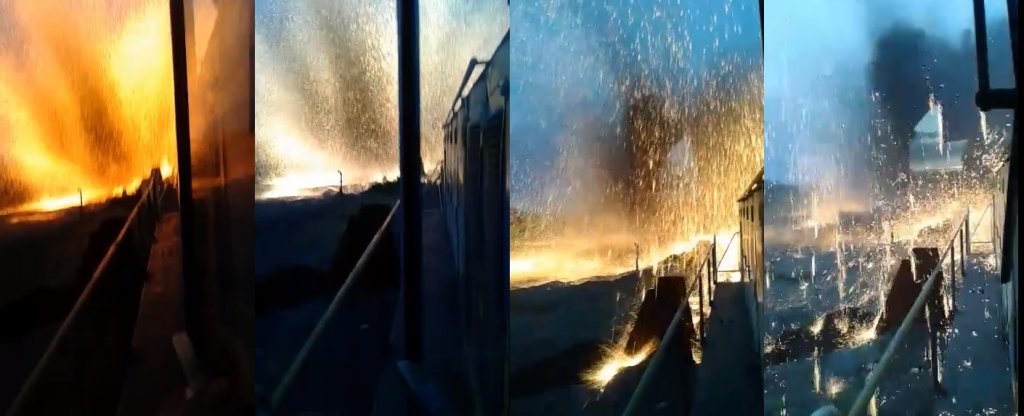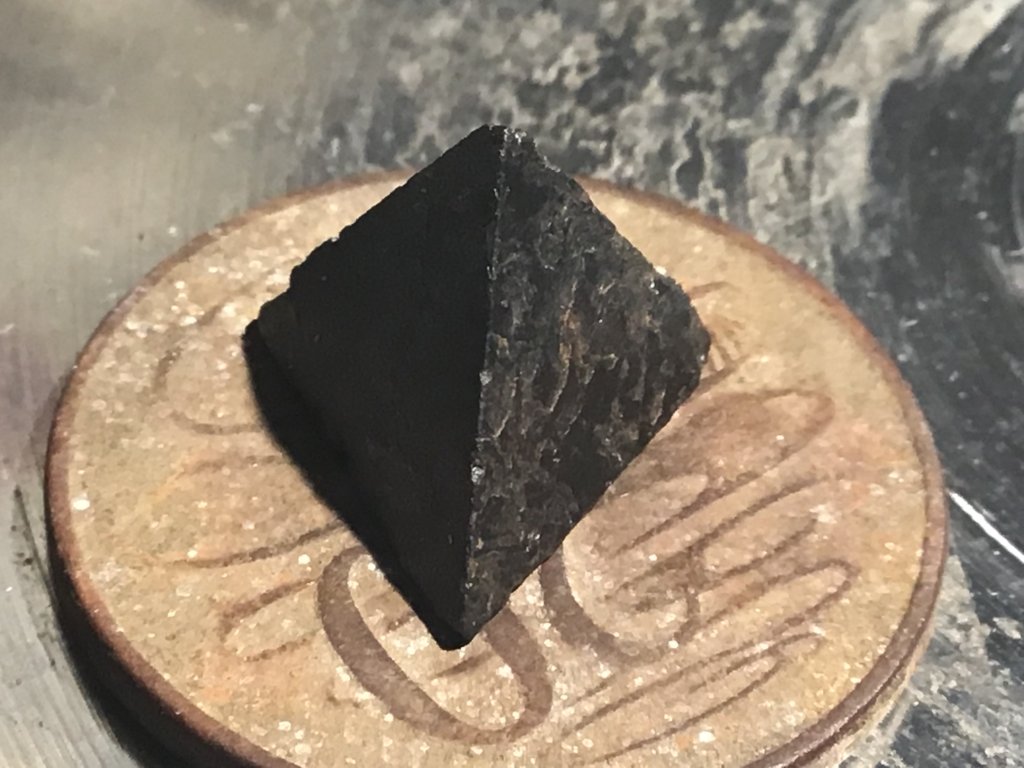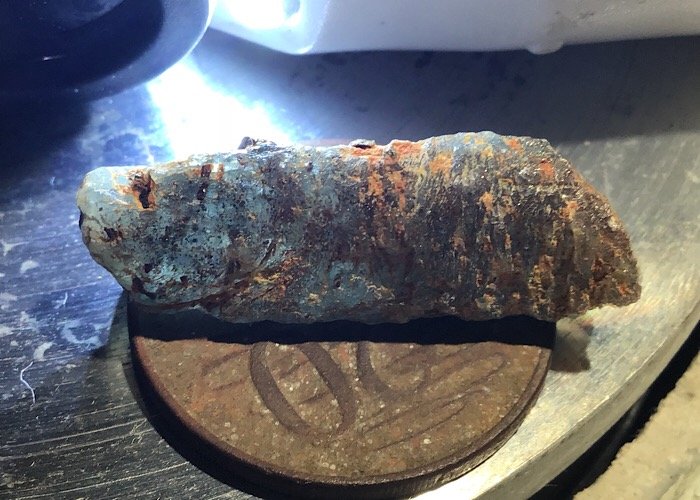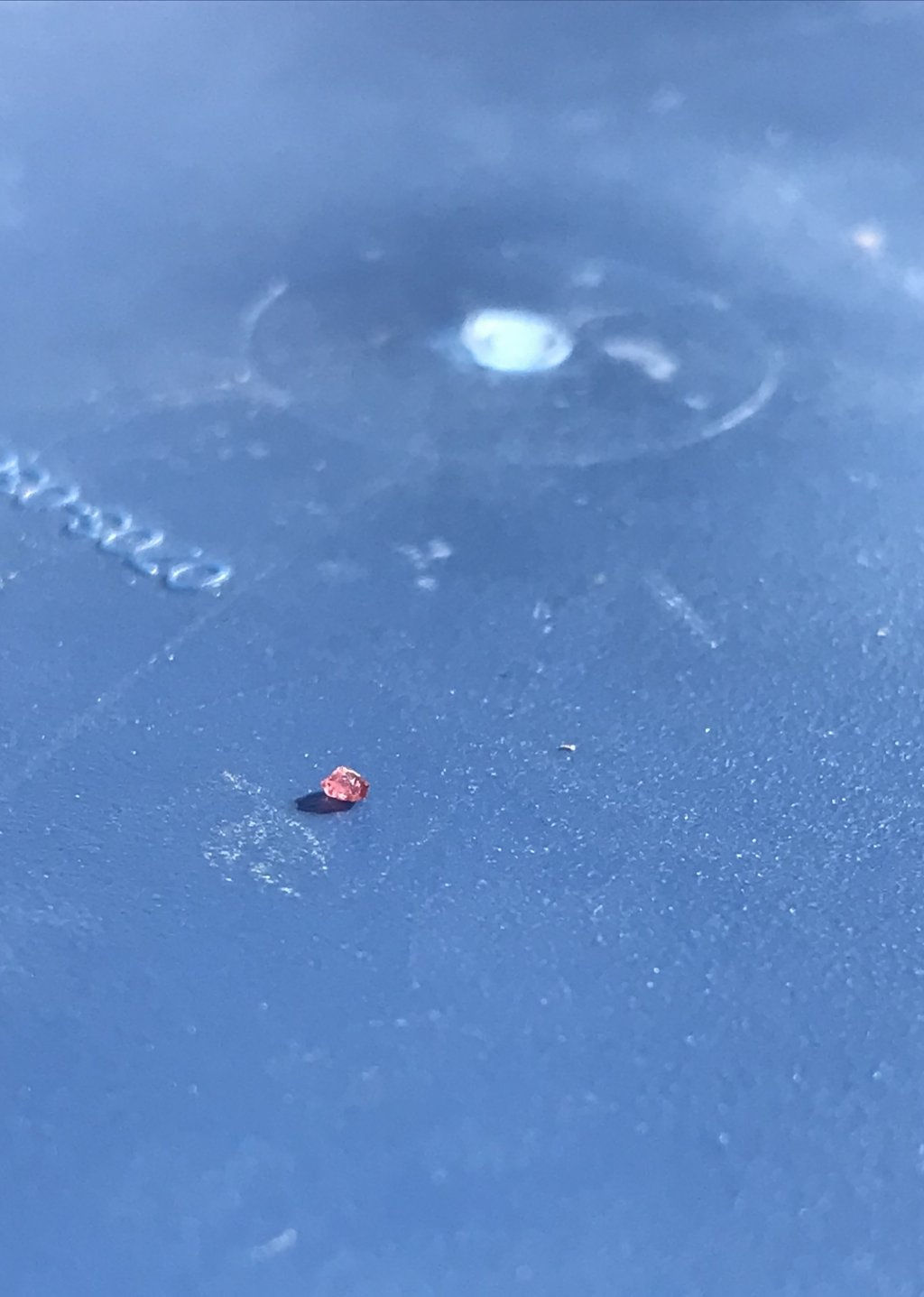- Joined
- May 1, 2014
- Messages
- 1,958
- Reaction score
- 2,530
Danbob said:Sorry Lefty, I missed your reply.
That stone was found close to a basalt headland near Kiama and there are literally thousands of similar stones just in the one spot. Definitely a volcanic area but I have never seen any specific mention of rhyolite.
No worries mate.
As Goldirocks has previously mentioned, it's quite common for one area of volcanic geology to be heavily dominated by one particular type of volcanics while still containing a smattering of little patches of different types.
I've been in a number of areas marked as felsic volcanics (high-silica lavas including rhyolite) on the geo map and come across tiny little areas that appear a completely different kind ie, mafic (high iron and magnesium) lavas.
Basalt is mafic - I guess the reverse might be possible and there may be little patches of felsic stuff in the same area dominated by mafics?







